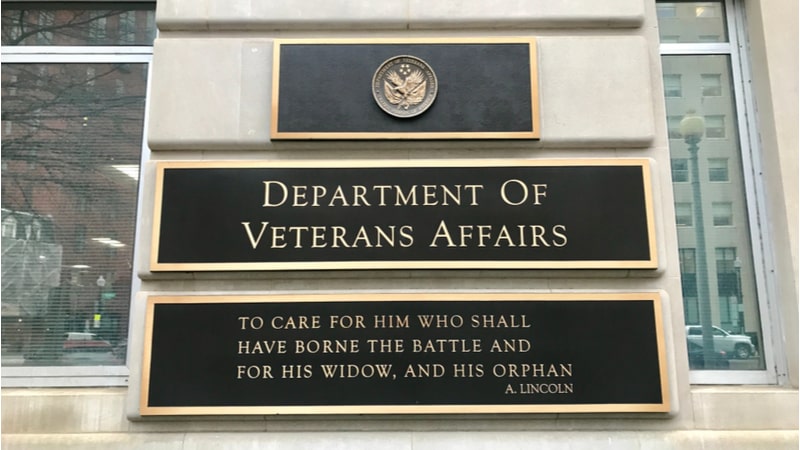
As the COVID-19 pandemic made it increasingly difficult for veterans to access in-person healthcare services, the Department of Veterans Affairs (VA) quickly scaled its existing telehealth capabilities to accommodate more patients. Now, per several VA officials, the agency is planning to continue investments in and accessibility to its virtual health services even after the pandemic winds down.
At a June 23 Committee on Veterans’ Affairs Subcommittee on Technology Modernization and Subcommittee on Health hearing, witnesses representing different offices within VA shared how the agency overcame its initial scalability challenges and explained that the agency is looking ahead to continue telehealth efforts.
“VA’s early investment in virtual technologies … mobile and other connected applications and an extensive, multi-faceted telehealth program provided a solid foundation for VA’s agile and effective response to COVID-19,” Jennifer MacDonald, chief consultant to the deputy undersecretary for health at the Veterans Health Administration (VHA), said.
As the pandemic worsened, MacDonald also commended how employees quickly stepped up to continue and boost veteran care.
“What we needed was for our workforce to lean in, and they did,” she said. “We needed the capacity of our technology to be expanded, and IT came through for us in close partnership with us. We needed the processes of the organization to evolve rapidly to support this, and our leadership at all levels of the organization … leaned forward and led this charge forward.”
Alongside these early investments and workplace culture – and with funds from coronavirus relief legislation – VA was able to up investments in the tech needed to support telehealth. Investments in scalable video conferencing and bandwidth modernization poised the agency for both a sustainable expansion of telehealth and a vast increase in telework, as Jack Galvin, acting deputy assistant secretary for IT Development Security Operations at the VA Office of Information Technology, explained.
Going forward, MacDonald confirmed that these investments are all a part of VA’s long-term telehealth goals. “We intend to sustain and grow from here,” she said. “As much progress as we have achieved … we actually believe this is the beginning of a longer trajectory and that there’s more expansion possible, in specialty care for instance.”
For example, VA is looking to integrate its VA Video Connect services that it uses for telehealth with its Cerner electronic health records (EHR) modernization initiatives. Chief Officer of VHA’s Office of Connected Care Neil Evans explained how the integration will boost service to veterans.
“The fact that we can use VA Video Connect and integrate it into Cerner will allow us to continue to deliver a consistent experience to veterans regardless of what medical center they’re receiving care from, but will also enhance the experience for providers using the modernized electronic health record,” he said. “In brief, by integrating VA Video Connect into Cerner, providers who are using Cerner will have video care more deeply built into their workflow.”
He continued that the value of telehealth occurs when its fully integrated into the full spectrum of healthcare services. According to Evans, VA wants to get to a point where telehealth and virtual healthcare is as normalized as making a phone call or sending an email.
Expanding telehealth services, however, also relies on how well-connected veterans are in their homes. Kevin Galpin, executive director of telehealth services within VHA’s Office of Connected Care, asserted that the digital divide is a hurdle to the future of expanding veteran telehealth.
“The digital divide is always a challenge,” he said. “We could have the greatest telehealth services in the world and all of our proprietors could be prepared to deliver that, but if the veteran doesn’t have the technology on their side of the equation, it doesn’t help the individual.”
